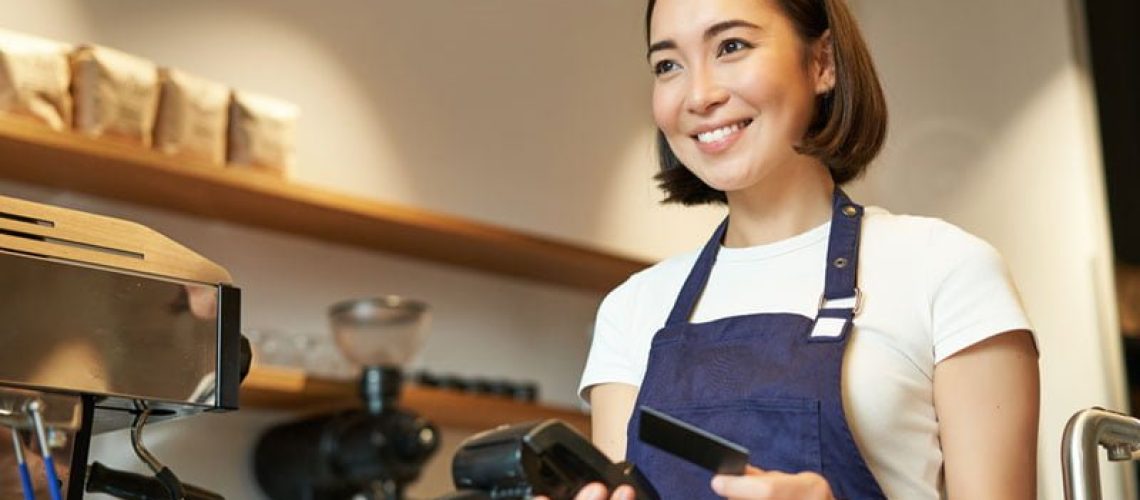
Choosing the right payment processor is essential for several reasons. First and foremost, a reliable payment processor ensures that your customers’ transactions are processed quickly and securely. Additionally, a good payment processor can help you manage your finances more efficiently, providing detailed reports and analytics to help you make better business decisions.
There are several factors to consider when choosing a payment processor for your restaurant. These include:
The first step in choosing a payment processor is considering your transaction types. Look at how you take payment information, such as in-person, online, keyed, invoiced, and mobile-entry transactions. Choose a payment processor that can accommodate your needs.
Pricing transparency is essential when comparing payment processors. Make sure the pricing details are available on the company’s website so you can identify products that fall within your budget and have the features you value.
When comparing payment processors, look at the overall cost, which includes transaction fees, monthly fees, chargeback fees, and less-obvious costs such as membership fees, setup costs, PCI compliance fees, and cancellation fees. Consider the total monthly cost, not just a single fee.
If you plan to take in-person payments, you’ll need a card machine and associated app. Choose a payment processor with a card machine that accepts magnetic stripe cards, EMV chip cards, and contactless payments. Some providers offer a free magnetic stripe card reader, while others may charge for an EMV chip and contactless reader.
POS systems can facilitate card transactions, record cash payments, manage inventory, generate sales reports, integrate with accounting software, and more. Confirm that the payment processor offers payment processing and EPOS options if that’s what you want.
Exporting transaction data to accounting software is essential, regardless of whether you use a card reader and app or a complete POS system. Choose a payment processor that offers integrations with accounting software such as QuickBooks and Xero.
The time it takes to receive the funds from a card transaction should be short. Choose a payment processor that offers next-day or same-day deposits. Make sure to factor in any fees associated with same-day deposits to the overall cost of the service.
Avoid getting tied into a long-term contract if possible. Ensure you understand the cancellation or termination fees associated with closing your account.
Choose a payment processor that offers live, 24/7 support. For example, if you have extended business hours, key-in payments from across the country, or take mobile payments at weekend events, an issue with the payment processing can result in the loss of a sale and the revenue that goes with it.
Look for a supplier who provides transparent pricing, upfront rates, and simple payment options and avoids hidden fees or complex billing.
Choosing the right payment processor is critical for the success of your restaurant. By considering these factors and following our tips, you can find a payment processor that meets your needs and helps you run your business more efficiently.

As a Merchant Service Provider located in Nottingham, we pride ourselves on taking a unique approach. We offer something that many providers shy away from: a clear and transparent selection process that’s upfront and honest.
Directory of Nottingham Financial Services
Suite 14
Arnold Business Centre
Brookfield Road
Arnold
Nottingham
NG5 7ER.